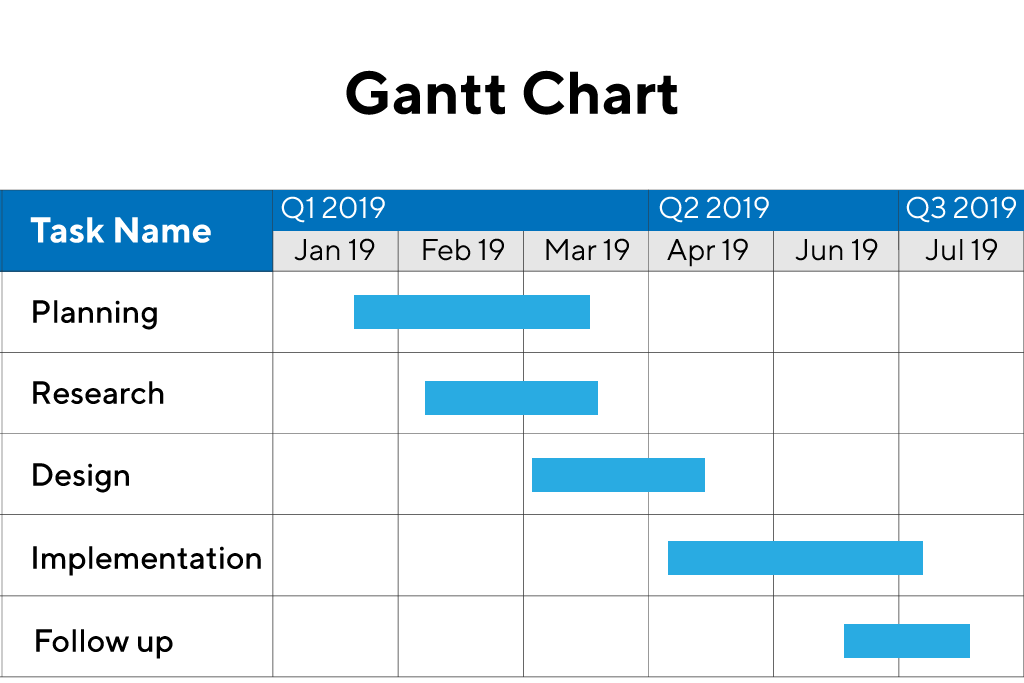
No code entrepreneurs see the immediate value of using no code tools to build products, in particular digital products. But if this is the case, then why do organisations invest thousands and millions of pounds/dollars into having either in-house software development teams or consultancies which provide software development teams.
The reason is often at times, the requirements of the product that the company requires is so highly unique and custom they require the high level of expertise and specialised skills that software development teams provide.
While no-code tools can be useful for some tasks, and for building digital products, they are often limited in terms of their functionality and may not be able to meet the specific needs of a business. By having dedicated software development teams, companies can ensure that they have access to the expertise and roles necessary to build high-quality, customised software applications that meet their, and their customers, unique needs.
Also think about it - who do you think built your the no code tools that you use? Software development teams.
Software development teams are groups of professionals who collaborate to build software applications; whether those applications be websites, apps, databases, platforms, infrastructure or APIs.
These teams are typically composed of software developers, quality assurance specialists, product managers, project managers, designers, and other professionals who work together to support software being developed.
As you can see it’s not just developers left in a dark room, coding behind closed doors, with pizza slid under the door from time to time to keep them going; as most TV and films depict them as.
Modern software development teams are collaborative. Effective collaboration and communication are critical to the success of software development teams, as they require a strong understanding of the needs and goals of the users who will be using the software and the business. The goals are often portrayed as being very simple, but actually there are often multiple goals to prioritise and lots of unknowns and clarifications which need to be answered.
A software development team looking at their Kanban board to asses what tasks the team have remaining to complete.
The software development process involves several stages, including planning, design, development, testing, and deployment.
These stages were traditionally visualised in gantt charts, to show the different stages of the process, which you can see below. Each stage was owned by a separate team and there were multiple handoffs between the different teams, e.g. a Design team would pass designs to the Development team (without consulting them).

What is a Gantt Chart? | Examples and Best Practices | https://www.productplan.com/glossary/gantt-chart/
But as you can see from the timelines, software was often delivered many months after the idea was conceived and the plan was made.
These long planning, research and design cycles allowed competitors to go to market quicker and gain immediate market share. And fundamentally, things weren’t shown to the customer until many months had gone by; customers often were getting things that they didn’t find useful. Something wasn’t working.
Next we’ll look at some of the modern ‘rituals’ software development teams go through, in order to deliver on punch business and customer objectives.